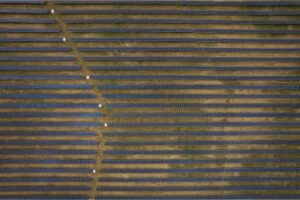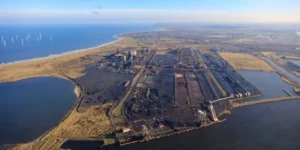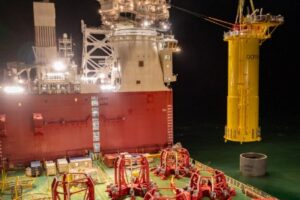The transition to renewable energy starts with digital twins
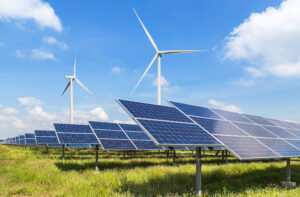
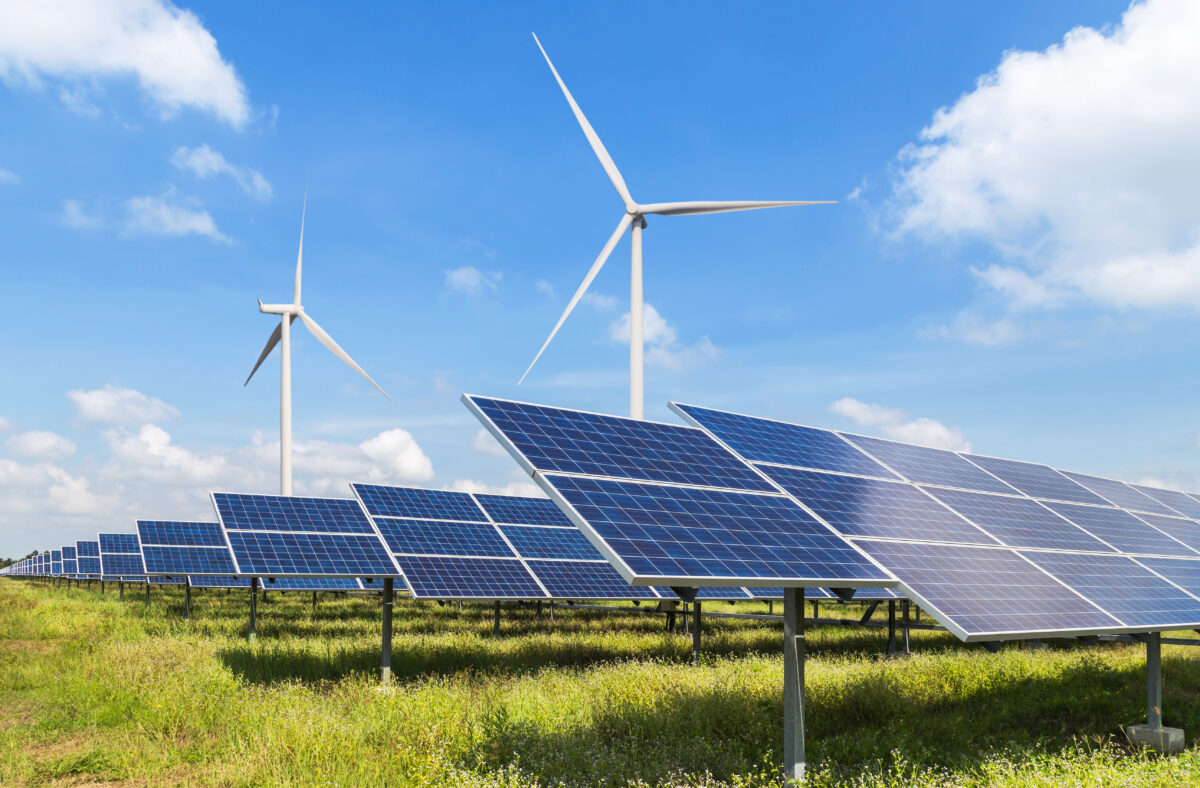
Sponsored Content | By Maximilian Weber
Renewable energy. Sustainability. Green technology.
No discussion of the future of energy production is likely to be missing those words. After decades of polluting the environment with fossil fuels that can’t be replaced, the world has come around to the idea that we must get our energy in other, more sustainable ways.
Wind, solar, hydro, and biofuels, among others, are predicted by the International Renewable Energy Association to not just bypass fossil fuels but become the main source of electricity over the next quarter century. IRENA estimates that 90% of the world’s electricity can and should come from renewable sources by 2050. Not everyone is so optimistic, but there’s no argument that renewable sources are set to make up a more substantial percentage of the world’s power supply. The U.S. Energy Information Administration projects that 44% of U.S. electricity will come from renewable sources by 2050. The International Energy Agency says two-thirds of the world’s energy mix will come from renewable sources by mid-century.
But the described energy transition doesn’t just affect the production of energy – similarly significant changes are taking place on the side of energy consumers. Most notably, the replacement of fossil combustion engines with electric drives. In regions requiring heating, techniques like heat pumps are increasingly being utilized. The rapidly growing demand for air conditioning, not a direct consequence of the energy transition, is a result of climate change. All the mentioned points have a commonality. They massively increase the demand for electrical energy. And this energy not only needs to be produced as environmentally friendly and cost-effectively as possible, but also needs to be transported in the power grids.
For these projections to come true, the utilities that provide the power will need to undergo a massive modernization to integrate sustainable technologies (sources and consumers) into the grid. So, how can we ensure energy systems remain reliable, efficient, and resilient while increasing the mix of renewable energy?
The transition to a renewable energy future starts with digital twins.
What is a digital twin?
Simply put, digital twins are virtual representations of real-world infrastructure networks that can simulate their behavior and performance under various conditions. A digital twin can be created by collecting data from sensors, satellites, cameras, drones, and other sources. It then uses software to process, analyze, and visualize the data in 3D and in real time. It can also be enhanced with machine learning and simulation techniques to generate predictions and expected outcomes.
Digital twins can be used by utilities to plan, monitor, control, and maintain their physical assets, including power plants, transmission lines, distribution networks, and smart meters. Using data, analytics, and artificial intelligence, digital twins can provide insights and recommendations that can improve the operation and management of the energy network. In the future, the digital twin may even be a mandatory requirement to operate electricity grids with a variety of decentralized generators, charging points, etc., in a stable and economically viable manner through control. This also concerns the low-voltage level.
Why is a digital twin necessary for incorporating renewable energy into your power grid? Because traditional power grids were not designed to handle microgeneration from sources such as solar and wind farms and they are not readily capable of supplying a mass of electric charging points or heat pumps. The core problem lies in the high simultaneity and the high power with which the new installations feed in or draw electrical energy from the grid. Any legacy system will require upgrades to allow for multiple new sources of power coming into the grid from various places.
Just how much power these new green sources will provide, and at what intervals, is uncertain. For this reason, companies must move to a real-time, digital load management system to maintain balance in their networks. A digital twin of the network is essential to understanding and forecasting production and consumption levels.
Benefits for the energy sector
Digital twins can offer many benefits for the energy sector, including planning, monitoring, optimizing, and maintaining a grid that includes renewable energy sources. Twins can also help with decision-making. Utilities and their stakeholders, policymakers and regulators, not to mention investors, developers and consumers, can look to digital twins to provide data-driven insight into operations, from short-term cost to long-term viability and sustainability.
Specifically for the production and distribution of renewable energies, digital twins are vital in the real-time analysis of the network and the optimization of the grid. This is more and more required to help distribution companies optimize the grid during peaks or when there’s a need for load balancing.
For electric distribution companies, renewable energies are external factors that they must manage. As those companies have no clear view of the potential production, forecasting the influence on the grid is difficult. The only way to preserve the grid is to put in place real-time counteractions based on accurate and reliable digital twins.
Traditional simulators extract data from the reference model (the single source of truth) to re-create a “lite” digital twin that will be used only for fast calculation purposes. This approach becomes obsolete when you need a true real-time analysis based on the up-to-date layout of the network.
The only way to achieve this goal is to build a “relational digital twin” that will integrate not only the physical inventory but also all the topological relationships between the assets. This kind of model offers not only a digital view of the physical network but also provides real-time analyses leading to key decisions, such as limiting the current in certain zones of a city to avoid power disruption.
This shows that digital twins for utilities will consume more and more IT resources over time. They also become more and more critical IT elements that must be available at any time. This implies reliable IT systems and, therefore, a move from on-premises to cloud deployment of those solutions.
All things considered, digital twins are as much a part of the power industry’s future as renewable energy sources. If ever-increasing demand is to be served by an increasingly decentralized and complicated set of power sources, utilities must have the ability to plan, manage and maintain the grid with granular detail. Digital twins provide the single source of truth that’s necessary to keep things running smoothly.
For more information on renewable energy and digital twins for utilities, visit hxgnutilities.com
Maximilian Weber is senior vice president of Global Infrastructure for Hexagon’s Safety, Infrastructure & Geospatial division.
